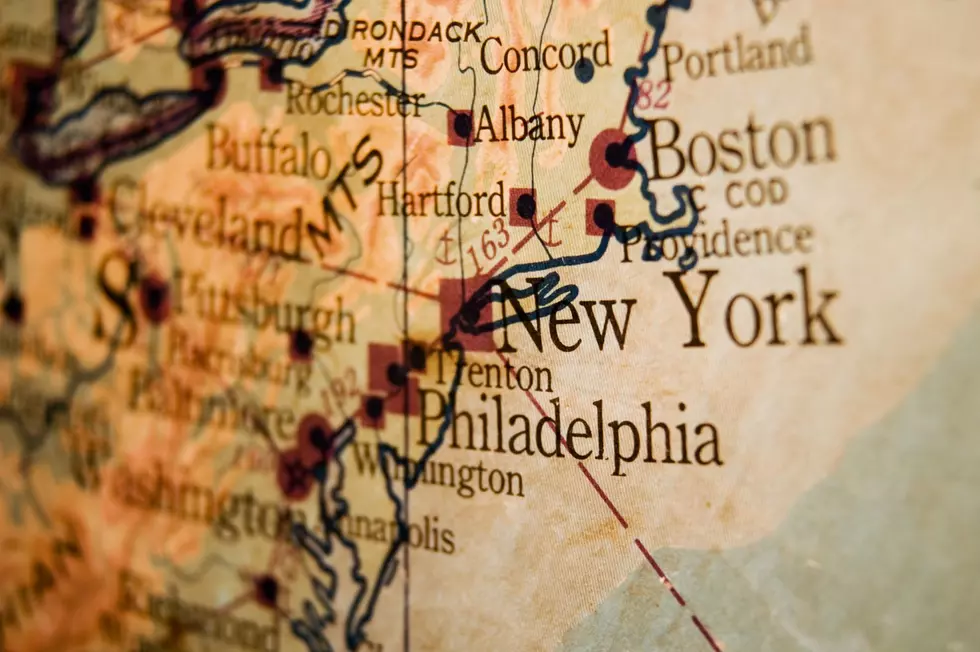
How New York State Got Its Name and What It Means
New York is known for its bustling atmosphere, famous landmarks, and cultural diversity. But how did this iconic city and state get its name?
The Lenape people originally inhabited New York City, and one early English rendering of the native placename was Manna–hata, speculated to mean "the place where we get wood to make bows," which led to the naming of the borough of Manhattan.
Dutch Settlement and New Amsterdam
In the early 1600s, the Dutch established a trading post on the southern tip of Manhattan, naming it New Amsterdam. This colony was the capital of the New Netherland and the settlement was crucial for the Dutch as they traded beaver furs and extended their presence in the New World. This area encompassed the southern tip of Manhattan to what is now Wall Street, named due to the wooden boundary built by the Dutch to keep Native Americans out of the land they claimed.
The English Takeover and Renaming
Rivalry for land from the British led to a peaceful surrender in 1664 by the Dutch to the English. King Charles II granted ownership of the land to his brother, James Stuart, Duke of York, after the city of York in England. As such, New Amsterdam was renamed New York and the state itself was also renamed after the Duke of York to New York.
Dutch Influence in New York
Despite the change in rulership, signs of the Dutch rule remain in New York City, with neighborhoods such as Brooklyn and Harlem being named after Dutch towns. Additionally, the city's flag features a tricolor of blue, white, and orange, reflecting its Dutch heritage.
6 Things You Didn't Know Were Invented In New York State
Gallery Credit: Allison Kay
10 Notorious Murders That Sent Shockwaves Through New York State
Gallery Credit: Traci Taylor
